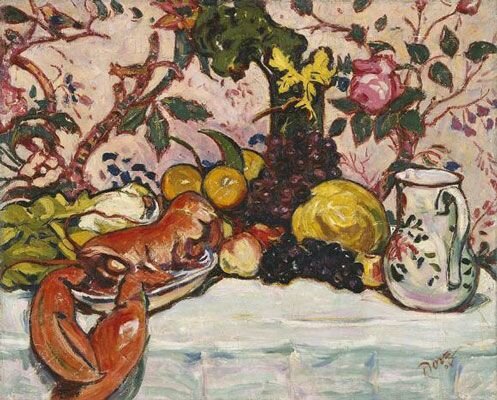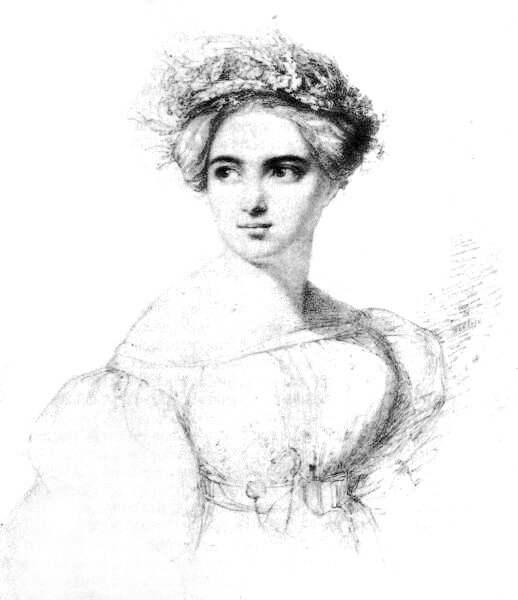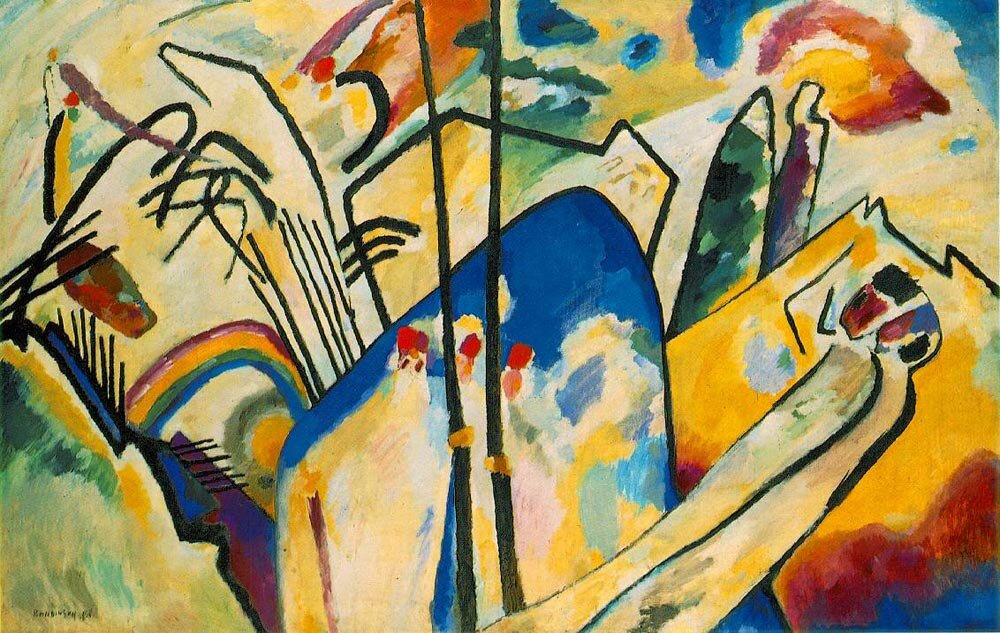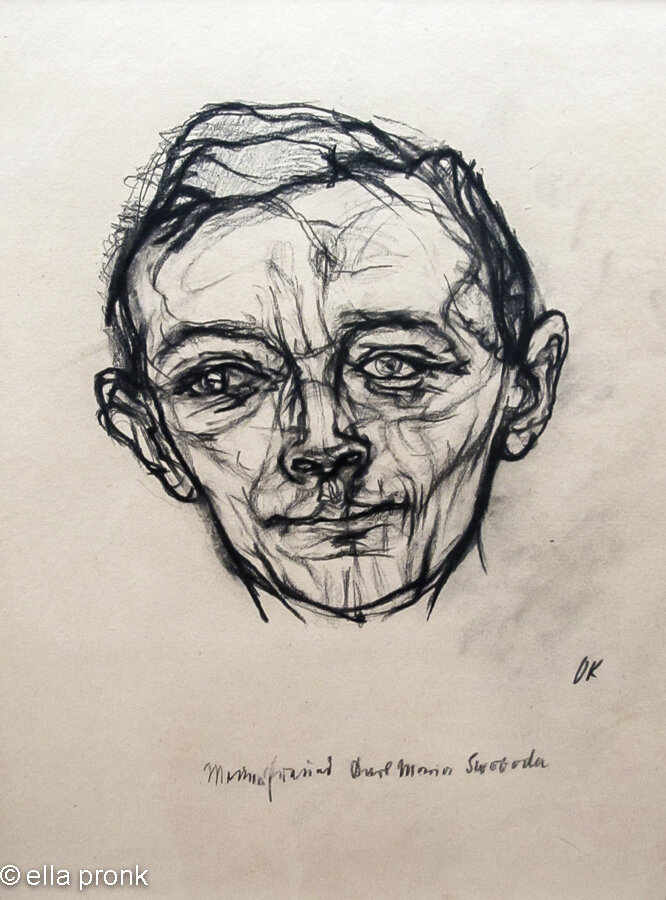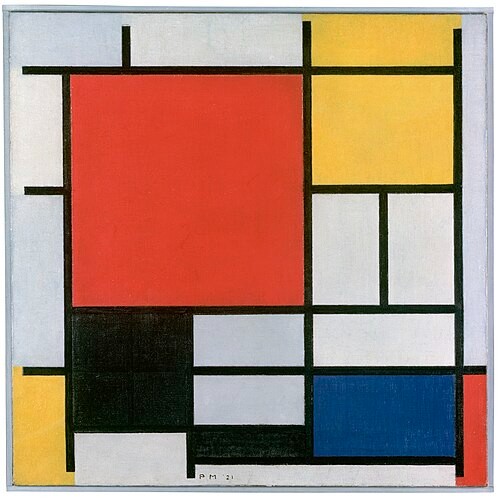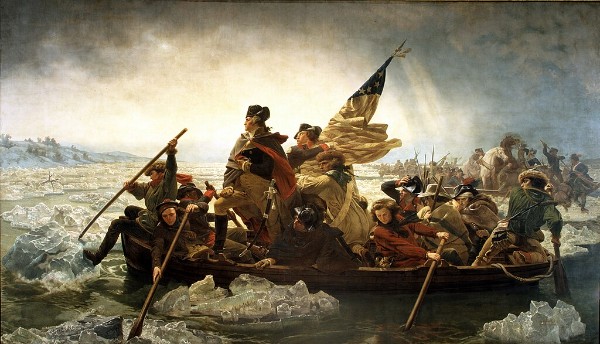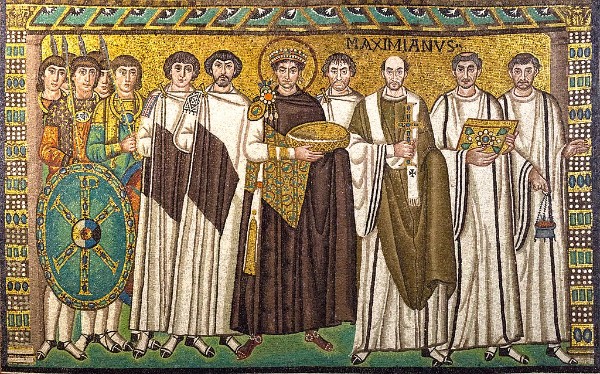French composer Gabriel Fauré (1845-1924) had his musical talent recognized early and went on to become one of the most advanced and influential composers of his time. He held a number of church position as organist, and in 1871, he was appointed assistant organist at the Paris church of St. Sulpice where he quickly became part of the musical circle around his former teacher, Saint-Saëns. His friends included d’Indy, Lalo, Duparc and Chabrier, and with them, he formed the Société Nationale de Musique on 25 February 1871. After St. Sulpice, he went to the Madeleine church to deputize for Saint-Saëns and was appointed choirmaster after Saint-Saëns’ departure. His church jobs and his teaching mean that his time for composition was confined to the summer holidays. We know Fauré today for his piano work and his Requiem, reflecting his religious work.
Fauré: Requiem, Op. 48: Introit et Kyrie (Oxford Schola Cantorum; Jeremy Summerly, cond.)
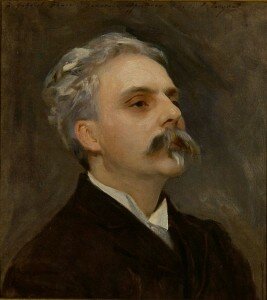
Sargent: Gabriel Fauré (1889)
(Collection Musée de la Musique, Paris)
The painting of Fauré captures a charismatic and good-looking man assured of both his place and position. This picture was owned by Fauré and passed down through his son’s family to the current owner.
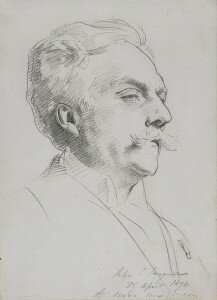
Sargent: Gabriel Fauré (1896) (Harvard Art Museums / Fogg Museum, Cambridge, MA)
The next drawing done in 1896 was given to the dedicatee of the image. Dated 29 April 1896 and inscribed by Sargent to “Mrs. Maddison.” The English composer, Adela Maddison, worked with her husband from 1894 to promote Fauré’s music in London, translating some of his works into English and studying composition with him. She was in Paris between 1898 and 1905 and is thought to have become his mistress. Fauré dedicated his Nocturne No. 7 to her in 1898.
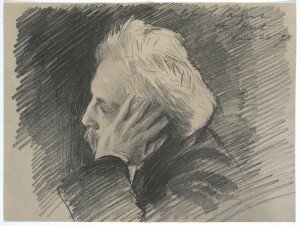
Sargent: Gabriel Fauré, about 1898
(Isabella Steward Gardner Museum, Boston)
Two images from 1898 indicate Fauré’s increasing popularity outside France. Sargent’s two pencil sketches show us two different sides of the composer: one is a pensive image, drawn from the back.
The other is the dominant composer we’ve seen from Sargent’s first painting. The two pictures were drawn on the same day, 26 June 1898, on the occasion of Fauré’s trip to London.
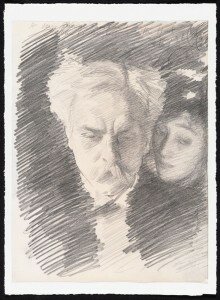
Sargent: Gabriel Fauré and Mrs. Patrick Campbell (1896) (A Private Collection care of Robert Holden Ltd London)
Fauré: Pelléas et Mélisande, Op. 80 : VII. La Mort de Mélisande – Andante molto, quasi adagio (Stuttgart Radio Symphony Orchestra; Heinz Holliger, cond.)
Sargent was a painter with a rare talent for portraits. He was also a consummate musician, with the ability to play difficult music at sight, and, if he couldn’t play everything, was noted by his friends that “…when cornered by a surprise difficulty, he revealed his genuine talents for music by playing all that which was and is more essential.” One musician thought that had Sargent even chosen the path of music, he would have risen to “eminence in our art.”

